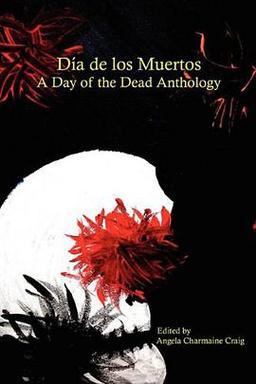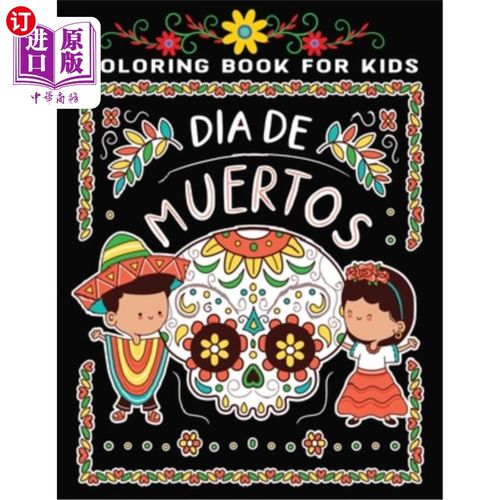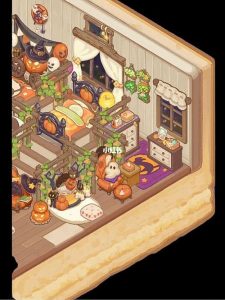Tone of El D铆a de los Muertos
El D铆a de los Muertos, also known as the Day of the Dead, is a vibrant and deeply rooted tradition celebrated in Mexico and among Mexican communities worldwide. This holiday, which falls on November 2nd, honors the memory of deceased loved ones and is filled with rich symbolism, colorful decorations, and a festive atmosphere. In this article, we will delve into the various dimensions of El D铆a de los Muertos, exploring its history, customs, and the emotions it evokes.
History and Origin
The origins of El D铆a de los Muertos can be traced back to the Aztec festival of Mictecacihuatl, the goddess of the dead. The Spanish conquest brought Catholicism to Mexico, and over time, the indigenous traditions merged with Christian beliefs, creating the unique celebration we know today. The holiday is a blend of pre-Hispanic and Catholic rituals, reflecting the rich cultural heritage of Mexico.

Celebrations and Customs
El D铆a de los Muertos is celebrated in various ways across Mexico and the world. Here are some of the key customs:
-
Altars (Ofrendas): Altars are built in homes, cemeteries, and public spaces to honor the deceased. They are adorned with marigold flowers, candles, photographs, and favorite foods and drinks of the departed.
-
Calaveras (Sugar Skulls): Sugar skulls are intricately designed and decorated with icing and colored sugar. They are placed on altars and given as gifts to friends and family.
-
La Catrina: La Catrina is a skeleton figure dressed in elegant clothing, representing the upper class during the Porfiriato era. She is a symbol of elegance and humor, and her image is often seen in Day of the Dead celebrations.

-
Music and Dance: Traditional music and dance performances, such as the Danza de los Viejitos (Dance of the Old Men) and the Danza de los Muertos (Dance of the Dead), are integral to the celebration.
Emotions and Meanings
El D铆a de los Muertos is a time of both sadness and joy. It is a celebration of life and death, where the living honor the memory of their loved ones who have passed away. The emotions associated with this holiday are complex, and they can vary from person to person:
-
Sadness: The loss of a loved one is a difficult and painful experience, and El D铆a de los Muertos provides an opportunity to grieve and remember.
-
Joy: The festive atmosphere, colorful decorations, and lively music and dance bring a sense of happiness and celebration to the holiday.
-
Reflection: El D铆a de los Muertos encourages reflection on life, death, and the cycle of existence.
Symbolism and Representation
The symbols associated with El D铆a de los Muertos carry deep meanings and represent various aspects of life and death:
-
Marigolds: These vibrant flowers are believed to guide the spirits of the deceased back to the world of the living.
-
Candles: Candles represent the light that guides the spirits and also symbolize the warmth and love of the living.
-
Sugar Skulls: These skulls represent the mortality of humans and the importance of celebrating life.
-
La Catrina: She symbolizes the blending of indigenous and European cultures and the elegance of life.
Global Impact
El D铆a de los Muertos has gained international recognition and has been celebrated in various countries around the world. The holiday has inspired artists, filmmakers, and writers to explore its rich symbolism and cultural significance. In 2008, El D铆a de los Muertos was declared a UNESCO Intangible Cultural Heritage of Humanity, highlighting its importance and impact on global culture.
El D铆a de los Muertos is a unique and powerful celebration that brings together the past, present, and future. It is a time to honor the memory of loved ones, to reflect on life, and to celebrate the rich cultural heritage of Mexico. Whether you are celebrating in Mexico or in another part of the world, the spirit of El D铆a de los Muertos is sure to touch your heart and soul.





